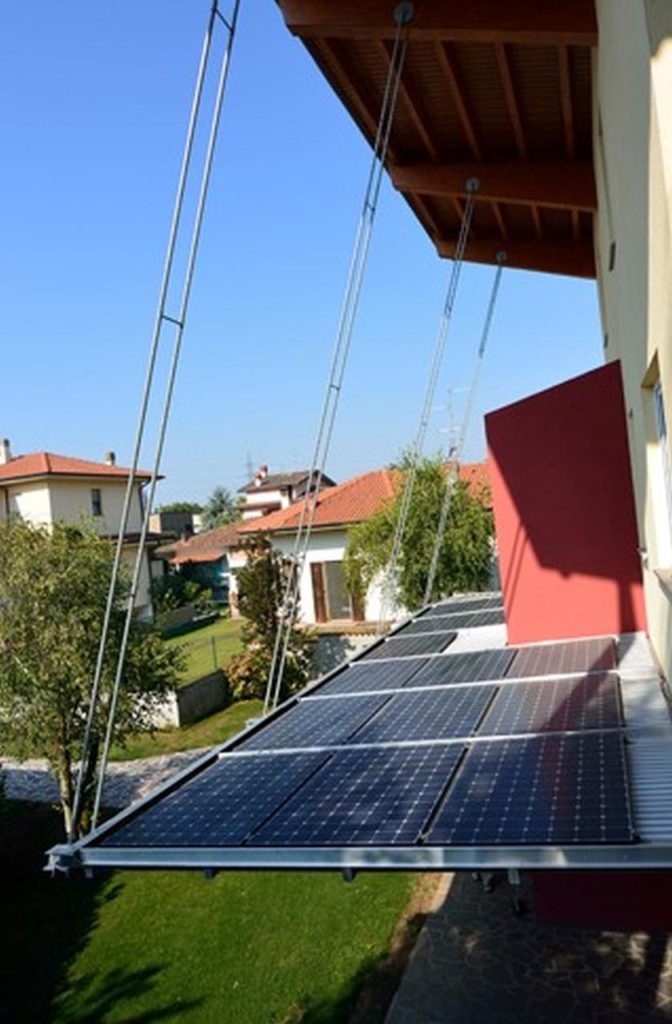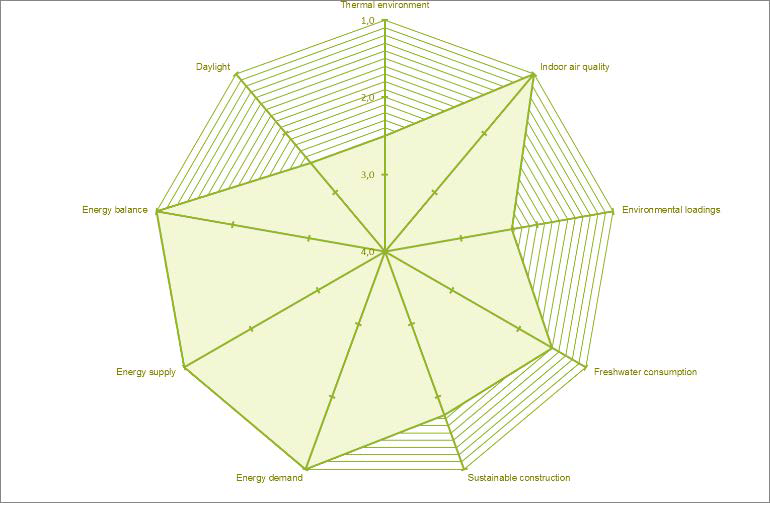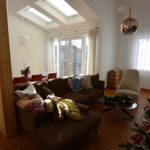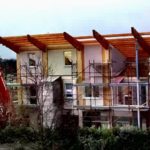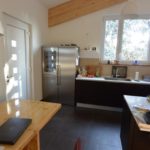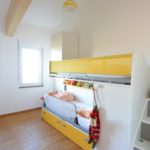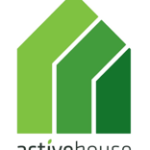1+1 house
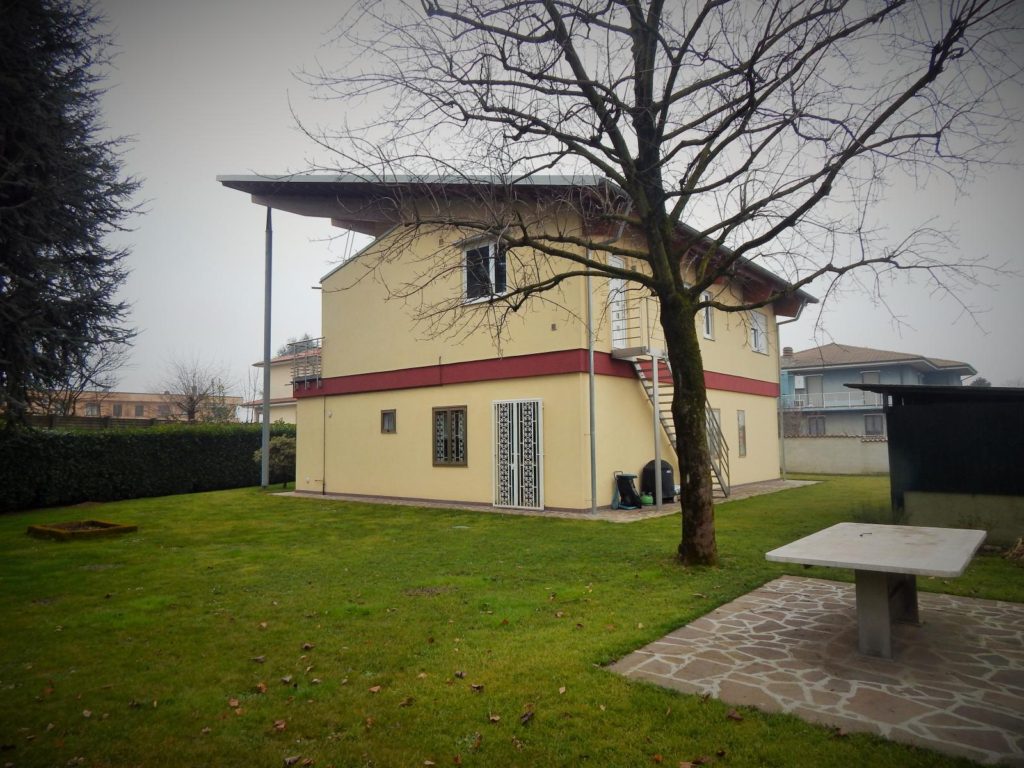
The added volume has been designed in order to achieve high standards of indoor comfort, for both the existing and the newest spaces. An insulated wooden structure arises upon the existing walls, defining a thermally controlled space that balances the energetic exchanges between the existing house and the exterior, better than the existing roof. On the second floor, the high ceiling and the roof windows let a plenty of light reach the big living room (FLD=6,4%) and activate the natural ventilation in middle seasons (which guarantee a high level of indoor air quality). During winter, the space behaves as a bioclimatic buffer space, storing thermal solar gains; the latter are neutralized in summer, thanks to the slope of the main roof above and an automatic shading system.
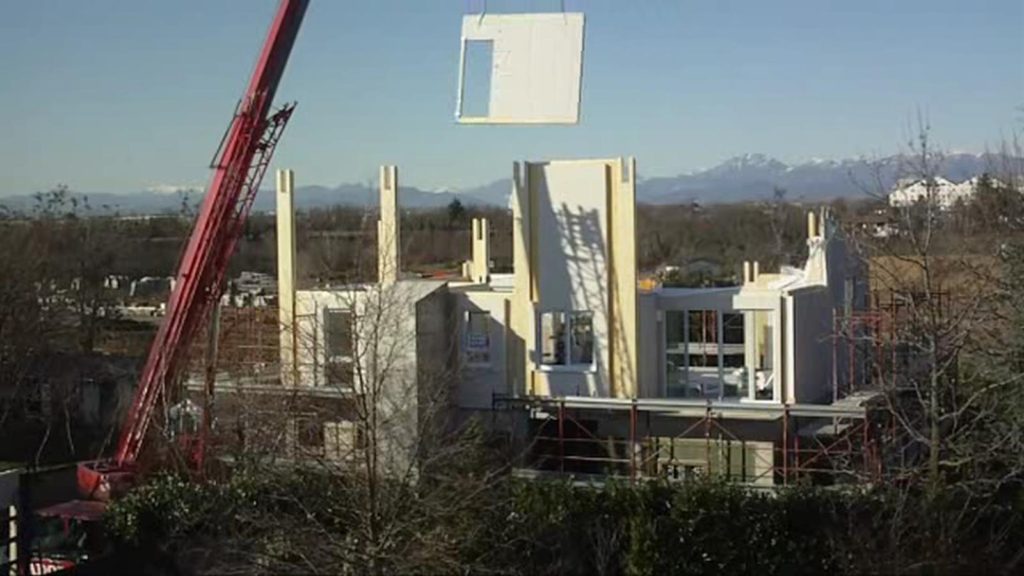
The well-insulated envelope, made with prefabricated wooden panels (Uwall=0.15W/m2K; Uroof=0.19W/m2K) provides good levels of thermal comfort, in both winter and summer. The performances of the envelope have been tested with a thermo-camera: the campaign proved how the new upper volume behaves as a thermal buffer for the existing lower level, improving the energy behavior of the existing building. The results attest that the vertical volume extension could be good design strategy that combines urban densification with energy retrofitting.

The high-energy efficient equipment of the house lets it reach high performances of indoor comfort and energy savings, testified by the A value on the CENED protocol. The floor heating system is installed in all the spaces, but with independent control for each of them, in order to minimize the energy waste. The system is powered by an advanced condensing boiler, which lowers the gas consumptions. A solar collector on the roof aids the boiler for the hot water production, exploiting natural resources. As well, 16 PV panels are hung by the main roof, creating a shading element on the south façade, and exploiting this exposition to produce green energy and cover the electrical demand of the building. In the end, the 46.5kWh/m2K are supplied by 79.5% renewable energy.
